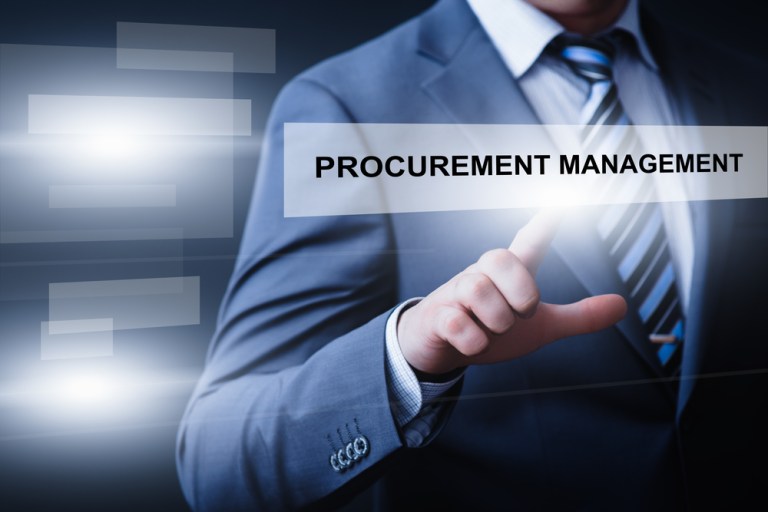
Government procurement is the face of small business support, and the adoption of source-to-pay, spend management and digital invoicing tools can become a catalyst for adoption in the private sector.
That doesn’t mean work as a government supplier is easy, though. New research from BidPrime found that U.S. local and federal agencies may be upping the number of contracts out for vendors, but these companies have less time to act on the offer.
BidPrime data published last week revealed that government bidding windows are shrinking for suppliers. The window of time for a company to bid on a government contract averaged 12.1 days in 2014, decreasing to 11.7 days in 2015.
That compares with the average of 22.7 days available to submit a bid, on average, in 2006, researchers said. The figures represent an average of a 36 percent decline in the time available for a vendor to make an offer.
Further, while the number of contracts available are increasing, the length of these deals is also on the decline. While BidPrime did not release specific figures, the company concluded that there are fewer multi-year contracts being offered, and government entities are instead favoring short-term contracts.
This can be seen in the rising prominence of “quick quotes,” which are a fast-tracked process of government procurement that sees a bid expire within five days.
“’Quick quotes’ have less vendor distribution, fewer bidders, less quantity per purchase and lower dollar volumes,” the company explained on its official blog.
The High-Speed Digital Age
BidPrime attributes these trends to the adoption of digital processes in the government procurement process. Recent analysis from Bloomberg Government and the National Contract Management Association (NCMA) agree, at least on the state level.
“State procurement has been affected by the continued growth of IT, data and managing limited resources,” Bloomberg Government and NCMA said in their latest Annual Review of Government Contracting report. “Increased focus on metrics, performance measures and data ownership and usage, along with the expansion of eProcurement and enterprise resource management systems, remain on the upward trend.” The implementation of eProcurement and ERP tools will continue to increase in the coming years, the report added.
The benefits of a digital procurement strategy are clear.
“Anticipated outcomes of eProcurement include increased transparency, achieving value, promoting competition, expanding the supplier base, increased financial control and measurement of performance, as well as promoting efficiency in workflow and approval,” Bloomberg and NCMA stated.
The positive impact of digital procurement methods can be realized for any buy-side organization, public or private. But, for vendors, this means a shift in how business is done. An increase in supplier base, for instance, means greater competition. With shrinking timelines between issuing a call for bids and closing a deal, vendors will need to keep up the pace, according to BidPrime.
“EProcurement has made it easier for governments to issue bids and identify vendors,” said BidPrime Operations Officer Stephen Hetzel in a statement announcing the new research. “The agencies can distribute, tabulate and award the bids much quicker than years ago.”
That means government suppliers will need to follow suit in a new, fast-paced ecosystem. BidPrime analysts concluded that the shrinking windows of time for vendors to place their bids make it critical that suppliers can access bid requests and their associated documents just as quickly.
“With less lead time and more automation, procurement departments are more apt to put something out for bid than complete a purchase order or lock themselves into a long-term contract,” explained Hetzel, adding that, this year, he expects the number of bids to continue to rise, as will the number of quick quotes.